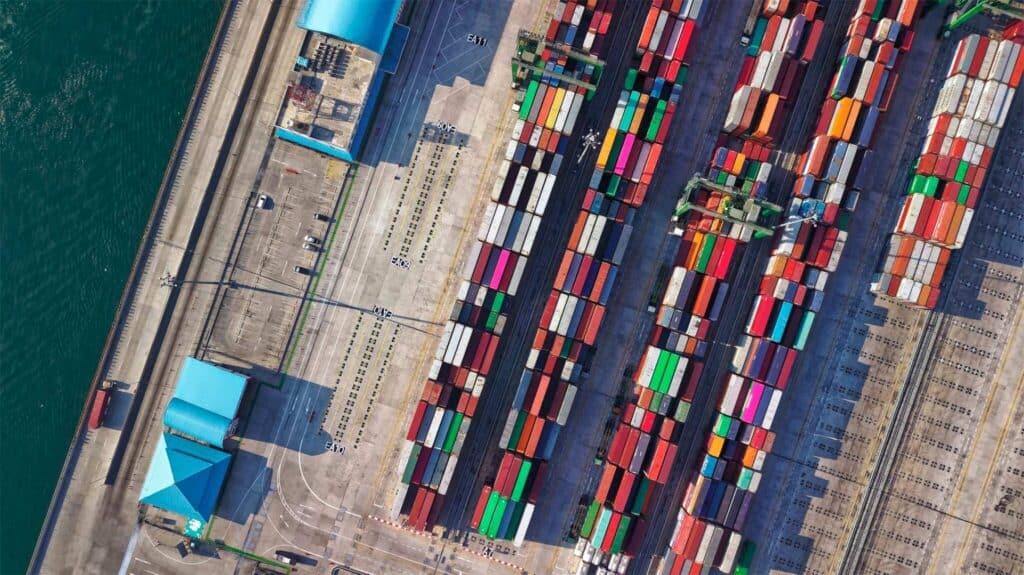Enterprises and government agencies run on information, and information runs on storage, compute, and network capabilities. If any part of that supply chain breaks, your customer is out of luck. If they are missing an operational component, the operation stops. If they are in the middle of a digital transformation project, the transformation stops.
Supply chain vulnerabilities permeate every industry around the world. The chip shortage is slowing production of everything from cars to computers to toys. A glass shortage is disrupting the supply of monitors, TVs, and even tequila bottles!
At the same time, demand has skyrocketed. With millions of workers and students going remote due to the pandemic, global PC sales in 2021 topped 340 million units according to an IDC report—a 13.5% year-over-year increase. But with component shortages and logistics challenges, this growth is not sustainable. Supply chain issues are slowing global production. Orders that used to take six to eight weeks are now taking six to eight months.
There is no way to completely avoid these issues, but you can minimize their impact. Here are three ways to make information supply chain challenges more manageable:
Be creative and flexible
If the way you’ve always done it is broken, it’s time to find some other ways. In “normal” times, a systems integrator would propose a solution, get the component specs, place the order with the manufacturer, and perhaps have it configured and drop shipped directly to the customer—a straightforward, linear process.
Today, nothing is straightforward, so you have to get creative and flexible. Keep your options open. If a certain component is out of stock, can you substitute something else? If glass shortages are delaying delivery of the monitors you’ve always used, can you use a different model? Not every supply chain issue can be solved this way, but you may be surprised to find a work-around that works.
Don’t be locked in to direct sourcing
Intuitively, you might think that ordering directly from the manufacturer is the shortest line to delivery. Surprisingly, that’s not the case. When you broaden your supply chain to indirect channels, a wide field of options can open up. While the manufacturer might have production issues, there may be a supply chain partner or distributor who has just what you want sitting in a warehouse. In my experience over the past several months, we’ve been able to cut lead times in half – from an average of 7 months to 3 to 4 months – by going through indirect channels.
Outsource the headaches
Finding alternative products and sources just scratches the surface of what can be done to make your supply chain more resilient. But you may not want to spend all your time scrambling for options. So consider outsourcing the headaches by going to a company that specializes in solving supply chain challenges. You’ll get the biggest return by putting together an array of creative strategies for a robust, resilient supply chain. We at Global Indirect Markets already have the experience and contacts needed to do just that. And we’re HUB-Zone certified, which opens the door to working with businesses in historically under-utilized business zones.
For example, a customer we are currently working with normally has a purchasing cycle based on quarterly forecasts for their customers’ compute, storage, and network needs. Lately, their typical 3-month lead time has grown to 8-12 months, resulting in a huge backlog and lots of frustrated users. Working with a supply chain partner, we are offering that customer a “virtual warehouse” where we can gather and store inventory that they can then take delivery of on-demand—complete with asset tagging and last-mile integration. With a little creativity, we can build rotation rights into the agreement, helping our customers mitigate end-of-life product announcements and obsolescence.
The current global supply chain disruptions are expected to continue well into 2023. You can ease the pain by getting creative with specs and sourcing, and partnering with someone who has the strategies and expertise to cut through the frustration and build resilience into your information supply chain.






